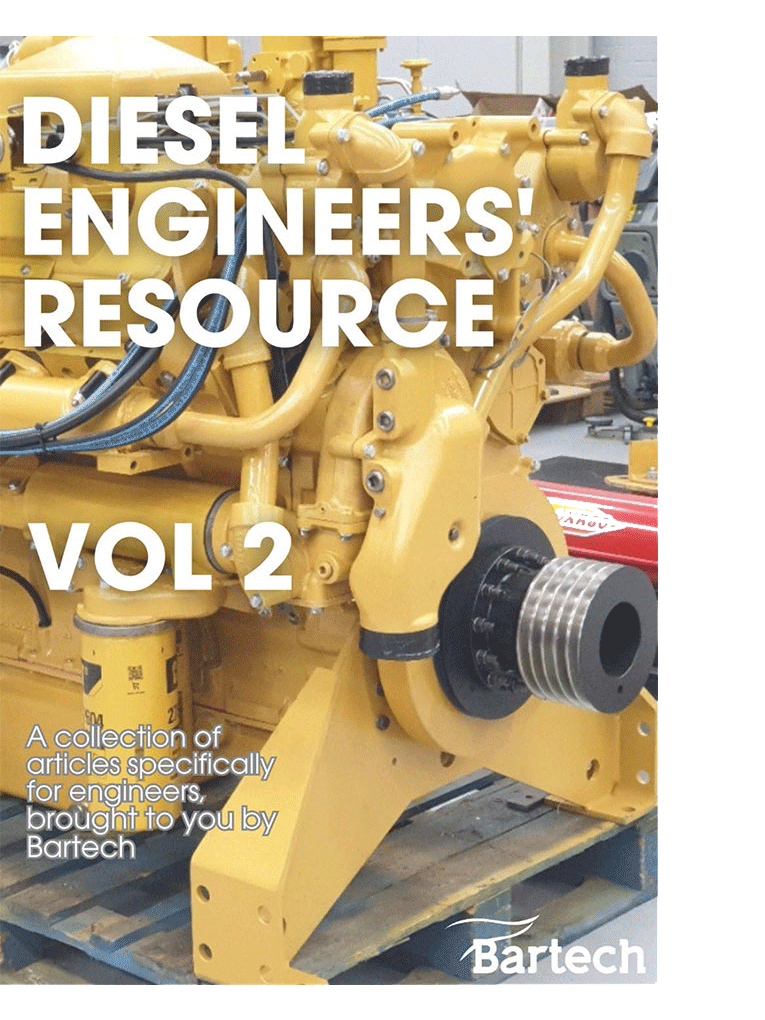We’ve just received a Deutz BF6M 1013E backup power generator in our Colchester workshop for a full overhaul.
Nothing unusual there, after all, that’s what we do!
However, this one is a little bit different.
You see, the reason for the overhaul isn’t because the generator’s been running for a set amount of hours and now needs looking at.
Unfortunately, it’s damaged.
A while back we were asked to attend the generator to rectify excessive smoke emissions from the engine.
The engine smoked excessively when running and had diesel in the oil, so the plan for the visit was to change the injectors, oil and filter before conducting a borescope inspection of the combustion spaces to check all was well.
We isolated the engine, drained the oil and fuel as requested and removed all the injectors, inspecting both the oil and fuel to check it was clean.
When we came to look at the injectors, what was clear is that the injector for cylinder 6 (which is nearest the free end) was very oily, while the other injectors were quite dry.
The borescope inspection was then carried out on each cylinder with the piston at the bottom of the cylinder.
It was immediately apparent that the piston in cylinder 6 had suffered catastrophic damage.
A portion of the piston was missing and you could see down to the first or second piston ring.

Other issues noted during the borescope inspection were:
• The liner also displayed serious scoring
• There was what appeared to be a blob of melted piston material on the underside of the cylinder head
• The underside of the cylinder head and the piston crown were both wet with oil and there was what looked like strike marks on the underside of the cylinder head
• Some of the pistons were showing evidence of water contamination. Any water in the combustion process will show as white residue on the piston crown and cylinder head
• Piston 4 had an extra piece of metal attached to it
• There was also a corresponding strike mark on the underside of the cylinder head of cylinder 4
• When the fuel tank was borescoped after being drained, corrosion was found. This could be from water mixed in with the diesel or condensation forming on the inside of the fuel tank.*
*The fuel tank is located within the bed frame of the generator set in an unheated room. The louvres located within the room allow air to circulate from outside so it is expected that condensation will form.
Due to the damage to the piston and liner, there is likely very little or no compression taking place in cylinder 6.
This would explain the oil in the cylinder and the smoke emissions from the exhaust, as any fuel injected into the cylinder would not be burnt but instead ejected into the exhaust, where the hot gases from functioning cylinders would ignite the fuel in an uncontrolled manner and produce copious amounts of smoke.
As a result of the damage found to cylinder 6, our engineers stopped the work and consulted the operator with their findings and recommendations.
The engine is now with us for this overhaul and rectification work.

Luckily the operator knew of the importance of getting the uncharacteristic smoke emissions checked quickly and with the use of a borescope inspection may have also avoided catastrophic engine failure.


